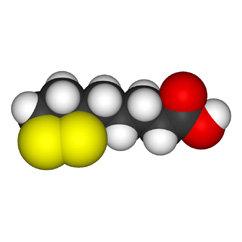This is why we ask you to pick up the phone and call 1 866 993 6243 to order Cellgevity/MAX ATP/Max One and MaxGXL at the best price.
- As a Max International Distributor we are obligated to honor the restrictions that control the advertised price. If you see Max Products advertised anywhere online for less than the Loyalty Prices plus shipping and tax, that advertiser is probably NOT a registered product distributor.
- From time to time we offer short specials above and beyond those offered by Max (at our own expense). For example should you order 4 bottles or more, we’ll pay for your shipping (but you’ll have to ask for it)
- When you order over the phone we eliminate a layer of credit card fees.
- None of the online shopping carts are completely up-to-date with all of the approved pricing Specials.
And that’s we we urge you to phone.
PS!
If you see Cellgevity and other Max Products sold directly on eBay, Amazon, Kijiji – you are probably not buying from a legitimate distributor and Max International does not allow its distributors to sell on these sites.
Why do you care if your supplier is a legitimate distributor?
Because when you buy through a legitimate distributor you are guaranteed a product that is shipped directly from the manufacturer, complete with their guarantees of product quality, freshness (yes it matters) credit card security and their satisfaction guarantee.
Canadian customers are assured that product will be shipped to you without duty, brokerage or extra taxes added on when you receive delivery
Finally, fraud on the internet is a huge problem for both buyers and sellers. It is not uncommon for criminals to purchase products with stolen credit cards and the offer them for sale online at discount prices. Ethics aside, do you really want to give your credit card information to a company who might be buying their product with stolen credit cards? Think about it carefully before you buy from just anyone.
